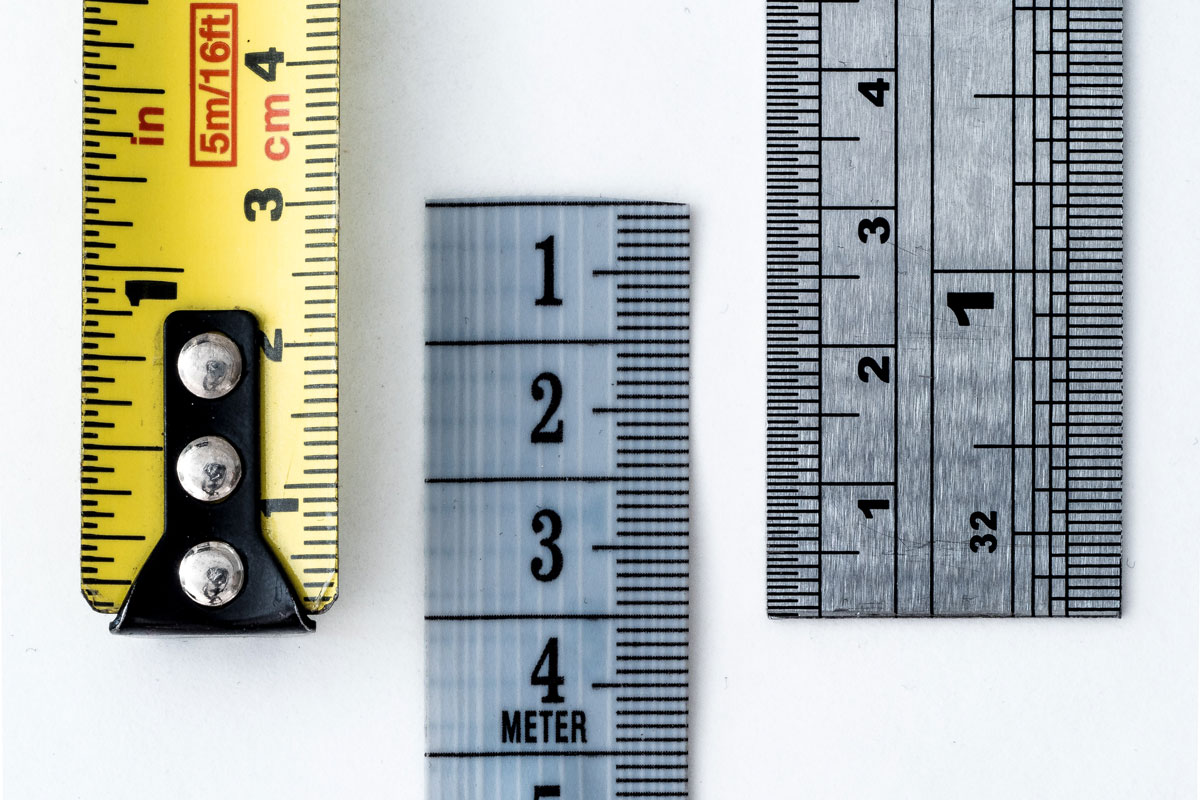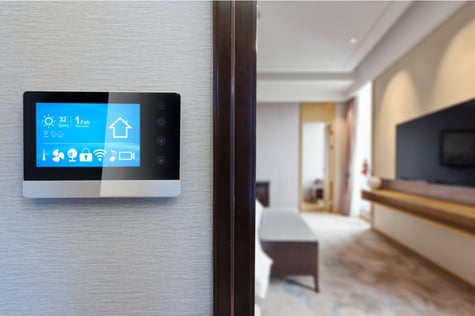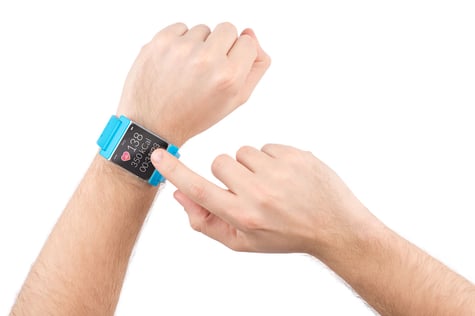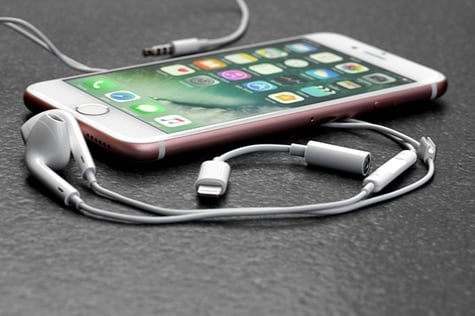There are plenty of reasons to be excited about up and coming wireless technologies. 5G is slowly gaining more coverage. WiFi 6 is also on the horizon: the next short-range technology seeking to boost performance in networks with lots of connected devices. And then, there’s something altogether different: ultra-wideband technology (UWB).
There’s no shortage of discussion over ultra-wideband technology. In 2019, Apple launched an iPhone featuring an ultra-wideband antenna, and there are rumours swirling about AirTags, a small positioning tracker equipped with a UWB antenna. Consumers are soon to be aware of the tech and the commercial IoT applications are also becoming clear.
UWB could drastically change the ways that devices interact with one another. With the potential for high data rate transmissions, while using minimal battery power, with the added benefit of centimeter-precise positioning, there are no shortage of potential applications.
What is ultra-wideband technology?
Ultra-wideband (UWB) is a newly developed wireless technology that may be best used for short-range object tracking. Specifically, the term ultra-wideband refers to the significantly larger spectrum (up to several GHz) employed. By definition, a bandwidth greater than 500 MHz is considered an ultra-wideband signal.
What makes UWB unique is the transmission mode. The technology harnesses a time-domain transmission, which effectively enables time of flight (ToF) measurements at short range – very similar to GPS technologies that use time of arrival (ToA) as a key positioning technique. Other short-range technologies determine distances by signal strength, which is less accurate.
UWB also features high data rates. Benchmarks put it at 10x higher than Bluetooth Low-Energy (BLE), which could drastically change the way that devices interact with one another; devices can transfer large volumes of data between one another.
UWB Applications
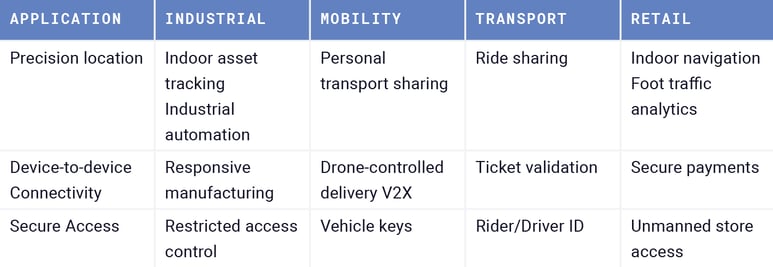
How ultra-wideband enables centimeter-precise object tracking
There are two published techniques that describe how ultra-wideband technologies enable accurate positioning data. The two-step approach provides more accuracy, although the differences between the two techniques are reportedly nominal.
Once two devices equipped with UWB radios come into contact with one another, they begin ranging. UWB uses ToF measurements from the roundtrip time of challenge and response packets sent between the two devices, from this, the precise location of the device can be easily ascertained. This can be calculated from a fixed or mobile device.
In factories or other indoor locations, the technology requires fixed anchors, so that UWB can calculate the position of devices within the area receiving coverage. These could be in the corners of a factory or warehouse. For example, in a warehouse, there could be further automation by introducing UWB-enabled antennas within packaging. In other industrial applications, UWB antennas could provide highly accurate location data – to align forklifts, trains or various other things. There are serious opportunities this brings to automate more routine tasks and commercial activities.
The developing UWB standard
Sony, Samsung and Bosch are three of the most recognisable companies comprising the FiRA consortium. The consortium is seeking to create a new standard using the technology that fell behind Bluetooth and WiFi in the early 2000s. Recent advances in technology have made the prospect and benefits of UWB all the more enticing.
One of the benefits of ultra-wideband technology is the sheer size of the bandwidth available. This makes it more secure while using less power – opening opportunities for secure mobile transactions and industrial manufacturing applications among others.
FiRA are targeting a completion date between 2022 and 2024 for the new standard. So while this date is a little while away, it uses the unlicensed spectrum, making it available now for use.
